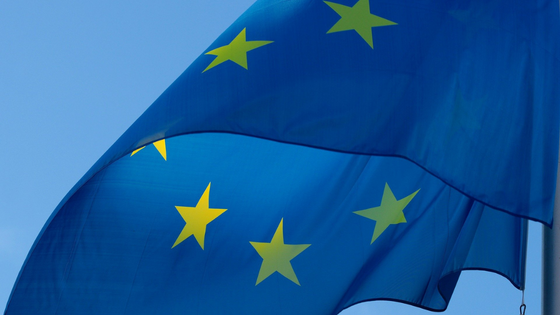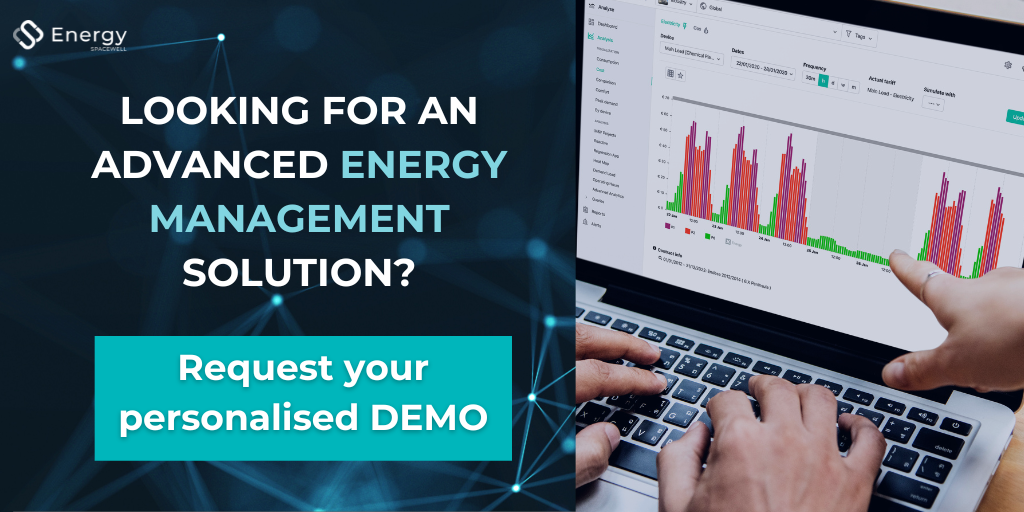One of the European Union‘s most ambitious projects is to achieve an intelligent energy transition resulting in a sustainable, competitive and secure energy system for all Member States. And to achieve this goal, one of the tools the EU uses is the implementation of energy regulations and legislation, including the well-known Energy Efficiency Directive.
In this article, we tell you what the EED is and how it affects your company’s regulatory compliance.
The objective of the European Energy Efficiency Directive
In 2012, the EU established an Energy Efficiency Directive (2012/27/EU) that determined a set of binding measures to help achieve a 20% energy efficiency improvement by 2020.
In 2018, the EU noticed that the efforts that were made were not sufficient and amended the directive, publishing a new Energy Efficiency Directive (2018/2002).
The key element of the 2018 Directive is the new overall target, which goes from 20% improvement in energy efficiency by 2020 to 32.5% by 2030. In absolute terms, this means that EU energy consumption should not exceed 1273 Mtoe of primary energy and/or 956 Mtoe of final energy.
In 2023, the European Directive 2023/1791 defines a new target: an 11% reduction in total consumption in the European Union. It also includes the obligation to develop energy efficiency obligation systems in the countries. Or the need for audits and the use of energy management systems for large companies. And this is followed shortly after by the review of the Energy Performance Building Directive.
4 Key points of the European Energy Efficiency Directive
To reach the EU goals, the new Energy Efficiency Directive (EED) aims to speed up the renovation of existing buildings to help decarbonise the current – highly inefficient – European housing stock.
Although the EED goes far beyond what we will explain in this article, we would like to highlight at least these 4 key points:
1. The readiness indicator for intelligent applications
As support and consequence of the new savings opportunities offered by IoTs, the EED introduces a “Readiness Indicator for Intelligent Applications”.
Also known as SRI (Smart Readiness Indicator), this should indicate the greater or lesser capacity of the building facilities to adapt to the needs of the occupant, to the needs of the network and to improve its energy efficiency.
Although this indicator should be defined in 2020, its utilisation will be optional. Therefore, we recommend you to pay attention to its publication, as it will be very useful when your company decides to carry out renovations that meet energy efficiency requirements.
2. Mandatory Energy Audits for Large Companies
Although the previous directive already required energy audits in buildings, the 2018 Directive becomes stricter and makes regular audits mandatory for large companies.
If you are looking for specialised companies to carry out regular energy audits on your company’s premises, and you don’t know where to look, you may be able to find them on our Energy Service Companies search page.
3. Energy Efficiency Inspections of HVAC Installations
All installations shall carry out periodic inspections of accessible parts of HVAC installations over 70 kW.
The inspection shall not only analyse the operation of the installations, but it shall also give recommendations for efficiency improvements under normal or average operating conditions.
4. Introduction of building control and automation systems as an alternative to physical inspections
By introducing building control and building automation systems as an alternative to physical inspections, the EED aims to encourage and accelerate the renovation of existing buildings.
The automation of buildings and the monitoring of their energy consumption will make it easier for both consumers and businesses to achieve energy savings and being economically profitable.
Control systems are the most cost-effective alternative for large residential and non-residential buildings. In addition, control systems will make it effortless for a third party to check that installations are working properly.
On the other hand, the directive will require non-residential buildings with ventilation and/or heating/air conditioning systems of more than 290 kW to install building automation and control systems from 2025 (provided it is technically and economically feasible).
How can an EMS help you comply with the European Energy Efficiency Directive?
The use of technology as cloud-based solutions (SaaS) has become a fundamental instrument for achieving energy efficiency objectives. In particular, the software specialised in energy management, as they are key to give the necessary support to companies when complying with the European Directive and its regulations.
For example, when carrying out energy audits, creating energy certification reports, or carrying out efficiency inspections of installations.
There are two categories of technologies that allow your company to properly analyse its energy consumption, efficiency, expenses and other variables:
- Hardware: When we speak of hardware in the energy management sector we refer, amongst others, to the different physical devices that allow the use of energy (whether electricity, propane, water, carbon footprint, etc.) to be converted into quantifiable data. In short, we refer to energy meters.
- Energy Management Software: However, it is the software that will allow you to obtain very valuable information from your energy consumption data. Especially in the context of energy audits, and possible recommendations to improve efficiency, which will enable you to reduce costs.
Although the two work together, you don’t have to get them from the same supplier, indeed they can be different. However, when choosing your software or hardware provider, you must take into account the compatibilities between them.
There are many important factors to consider when choosing the technology best suited to your particular energy management needs. And compatibility between hardware and software is something that needs special attention.
Tip: Always try to choose an EMS that is compatible with any hardware.
If you want to know what you should look for when purchasing the most suitable EBMS for you, take a look at:
“10 Essential Questions You Should Ask Your Energy Management Software Provider”
Efficiency begins with reflection and attention to what is happening around us, as well as being informed and seeking the best solutions for our particular needs.
At Spacewell Energy (Dexma), we help companies comply with the EU Legislation and Directive, offering a solution that detects, analyses and controls the emissions of all their offices and branches around Europe (and beyond!). Our software, Spacewell Energy (Dexma) offers a large range of software and hardware integrations, intuitive reporting, and makes it possible to fully review the energy efficiency of the entire operations, easily identifying opportunities to save money and start using less energy.




